Adding value to Canadian food: a study by the Senate Committee on Agriculture and Forestry

When you think of agriculture in Canada, fields of wheat, canola and barley are often what first come to mind. Maybe you think of cranberry fields or apple orchards, tomato fields or rows of grape vines, corn mazes and roadside fruit stands.
But do you ever pause to think about what happens to all those crops once they’re grown? The products made from the food grown in Canada make up a significant portion of manufacturing sector Gross Domestic Product — a total of 16.4% in 2016.
By processing fruit and crops close to where they are grown, transportation costs are reduced, jobs are created, and environmental impacts can be mitigated. The value-added sector also helps to recover some of the products that don’t meet the high standards of retail — having the perfect colour, shape and size — which would otherwise be sent to the landfill.
Learn more about this critical industry by watching the video below.
This fall, the Senate Committee on Agriculture and Forestry spent a week visiting with farmers, producers, researchers and innovators in British Columbia and Manitoba to better understand the complexities of this vital sector. The fact-finding mission formed part of the committee’s study of Canada’s value-added food sector.
Here is a snapshot of what senators learned on their trip.
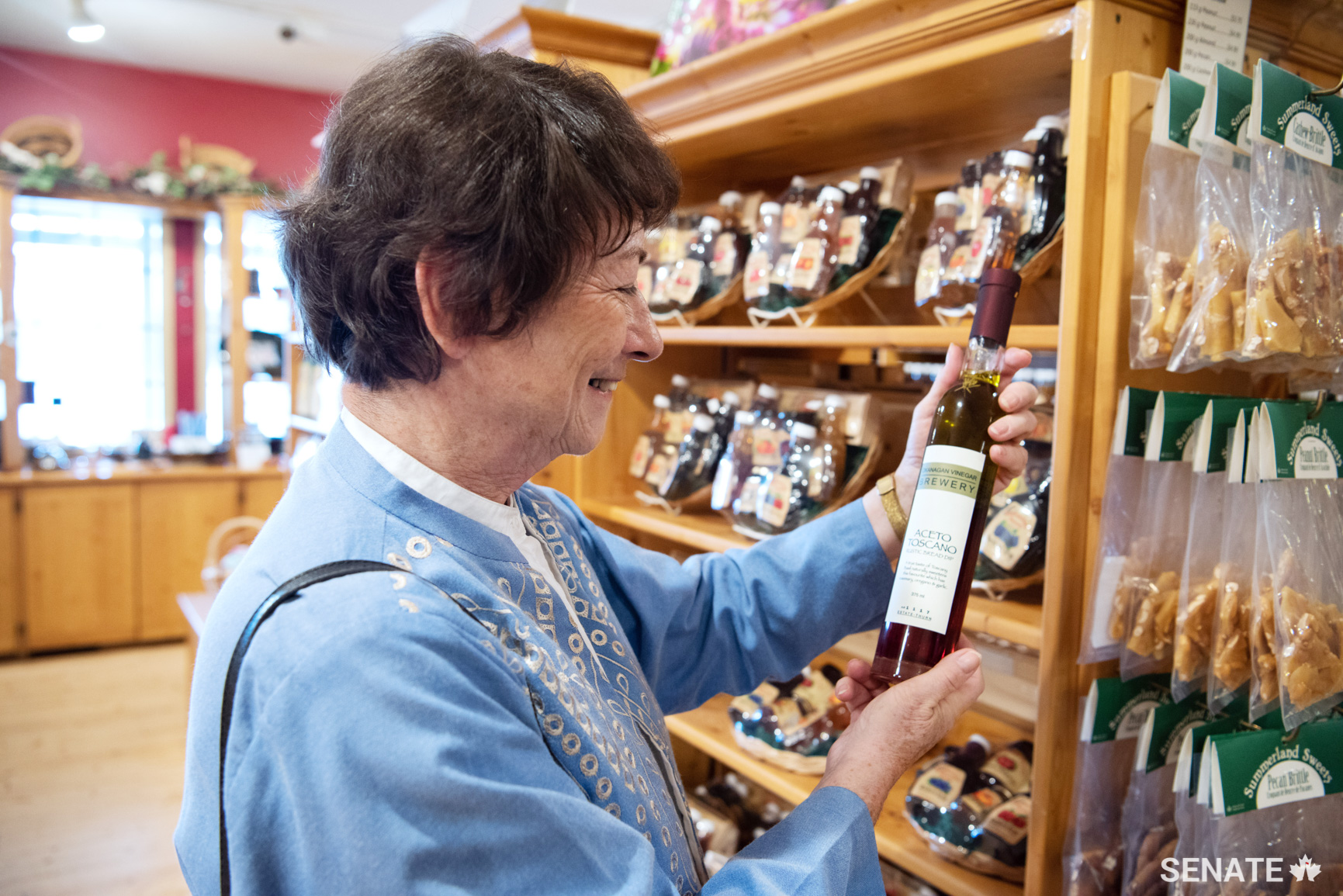
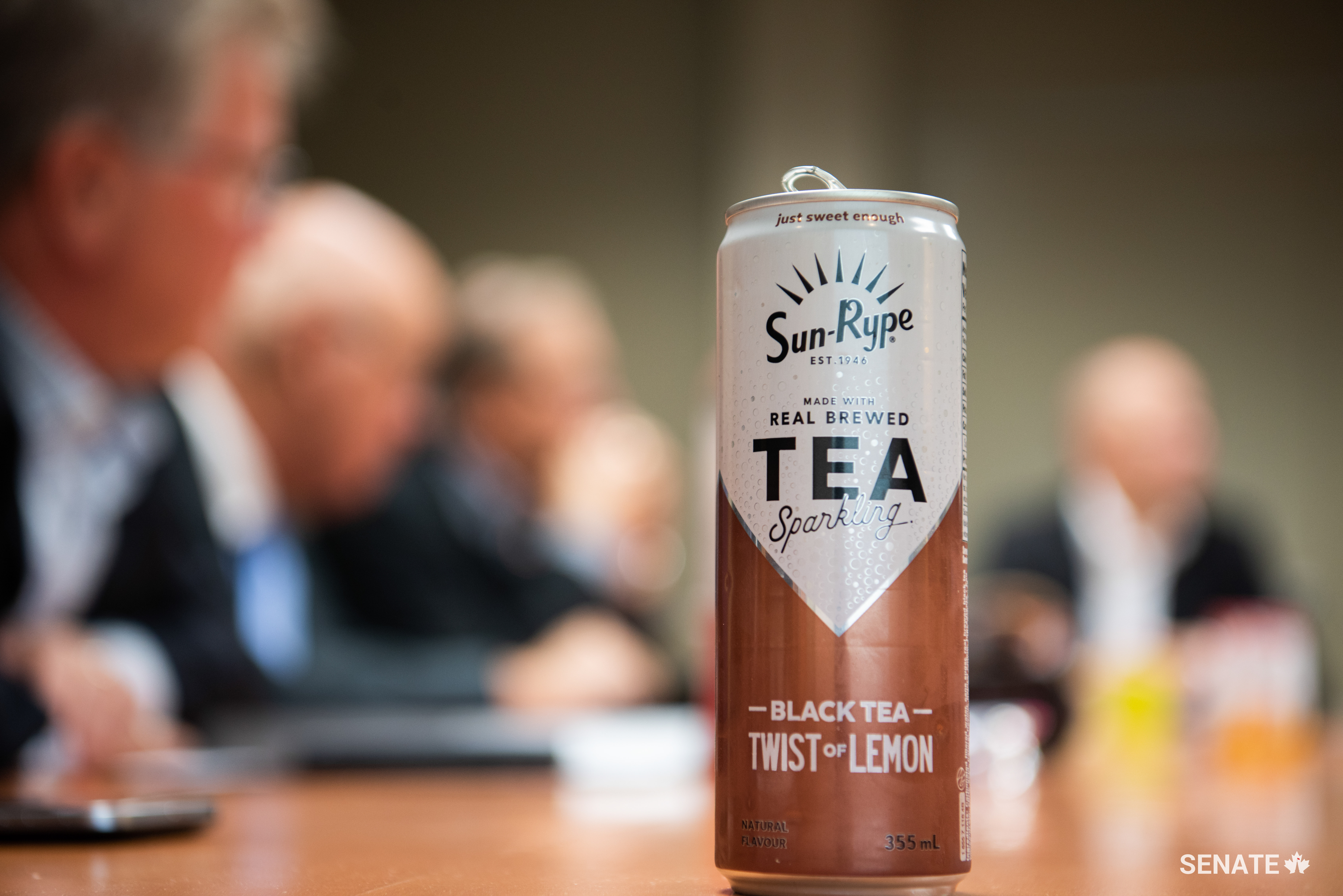
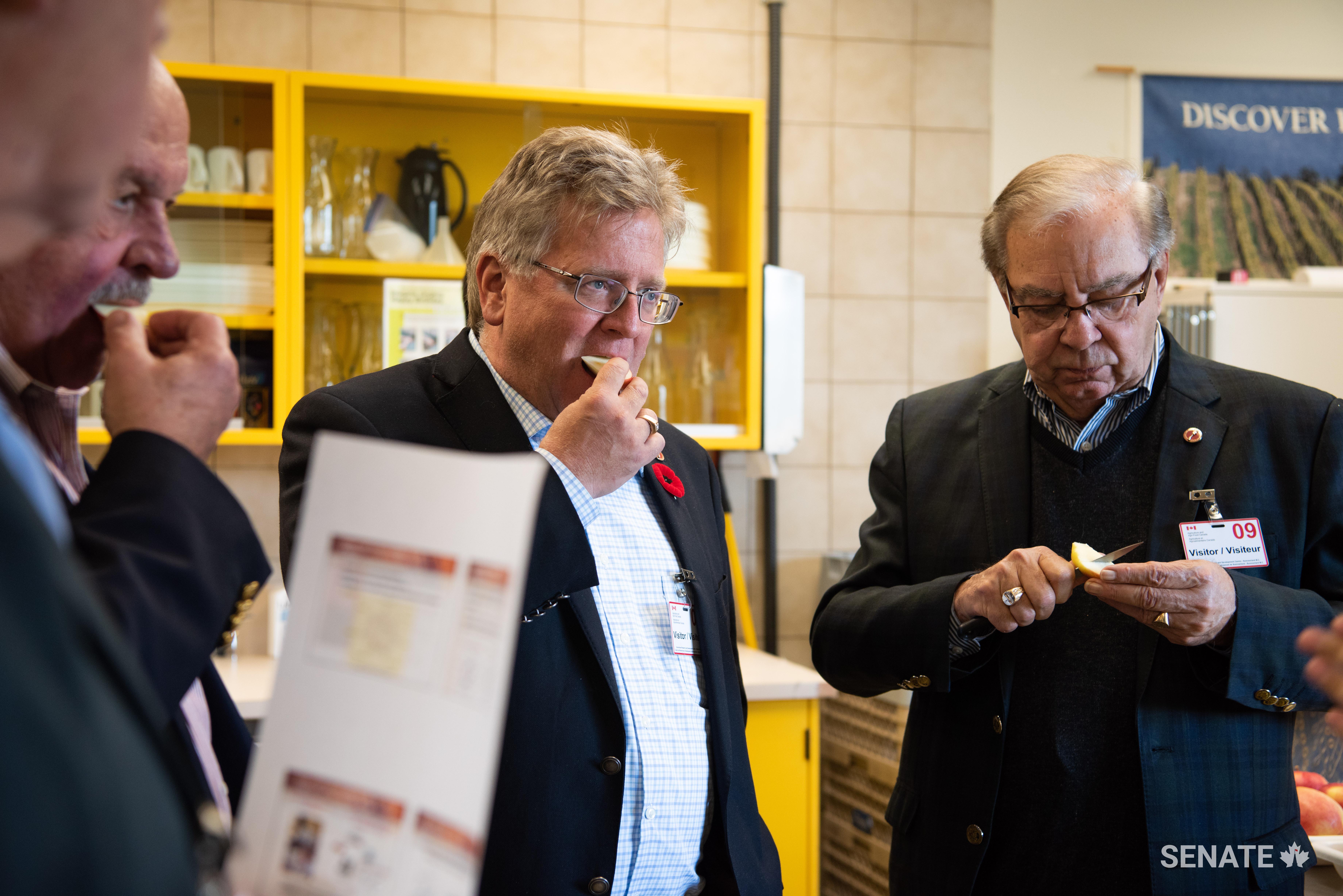

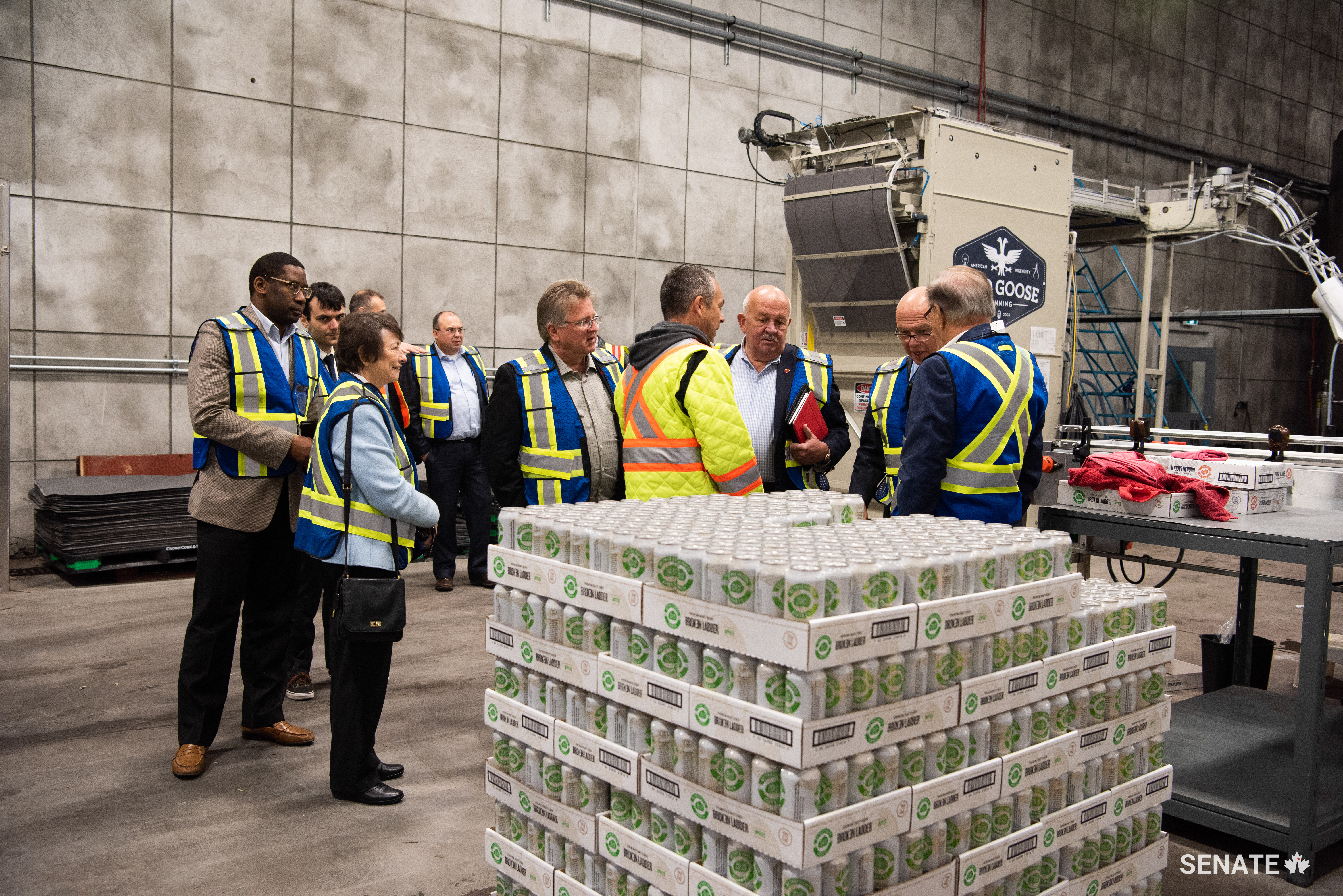

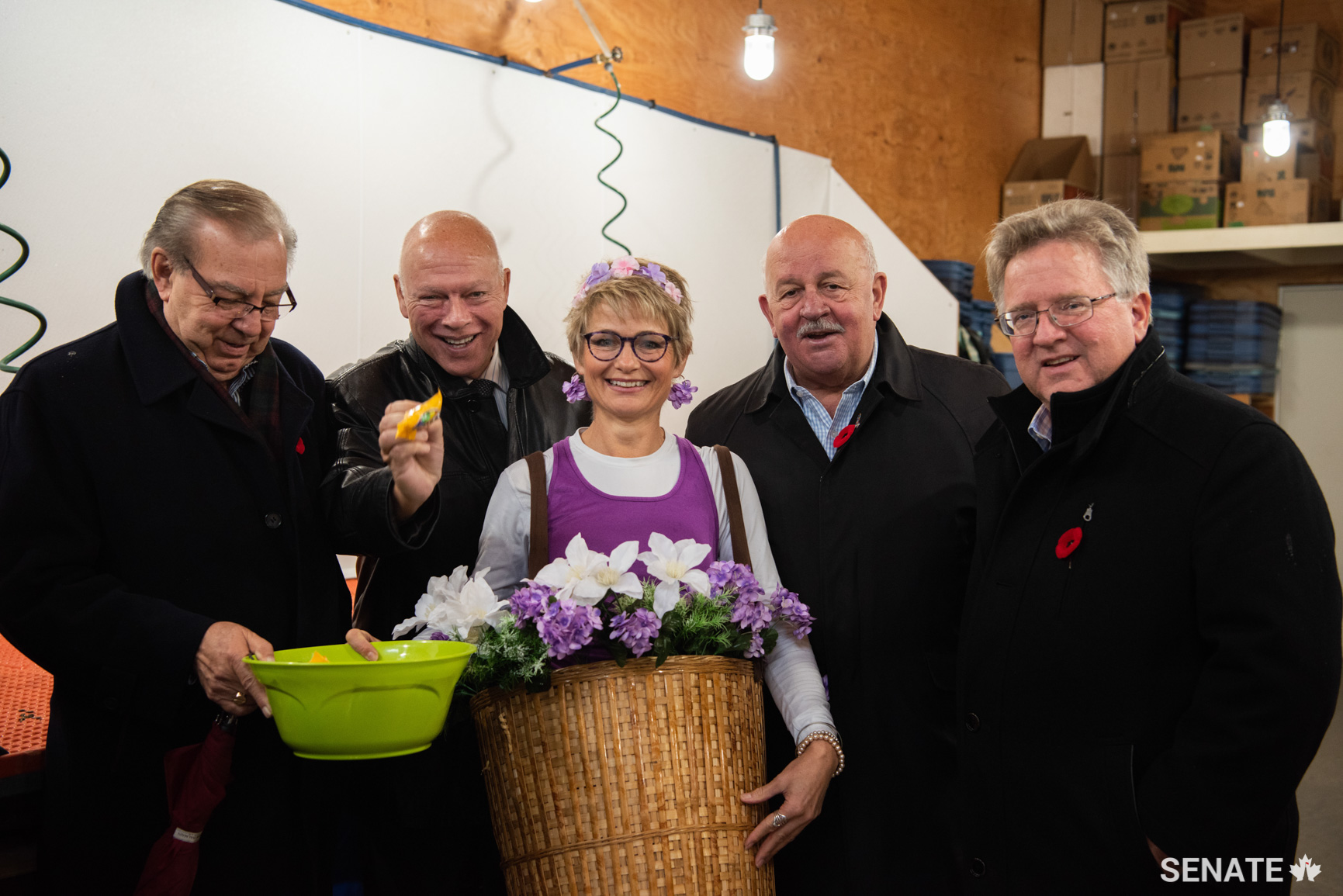
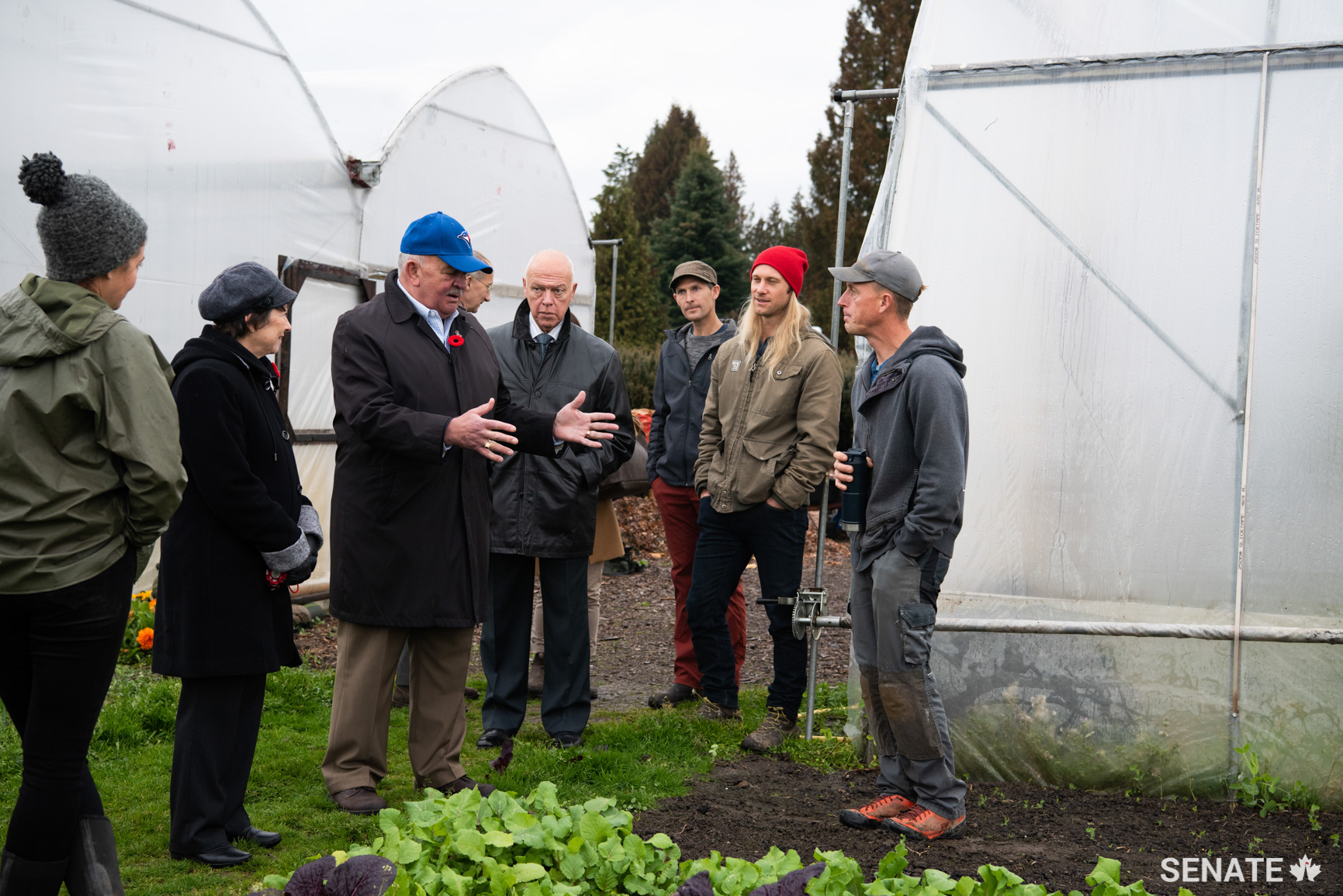
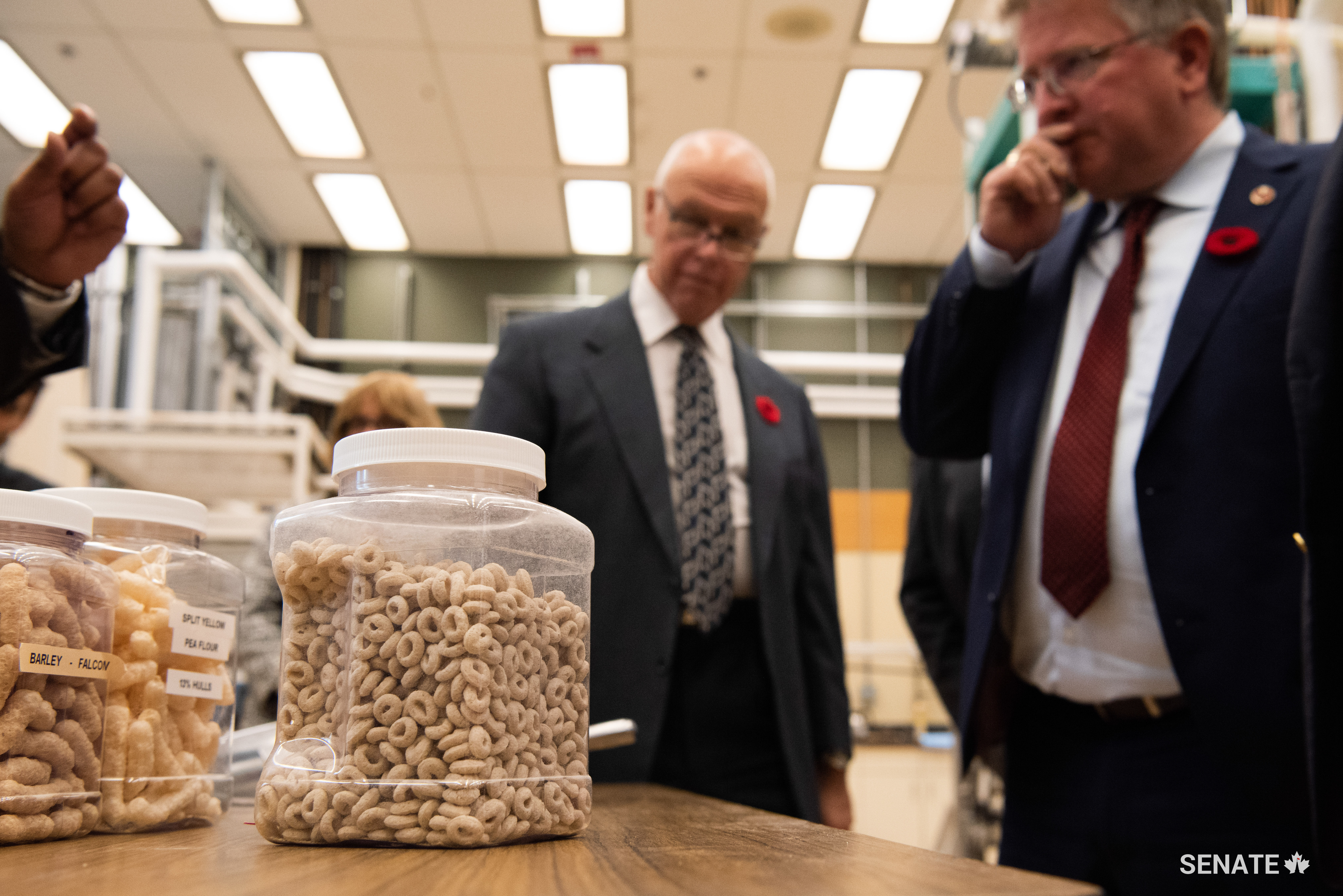

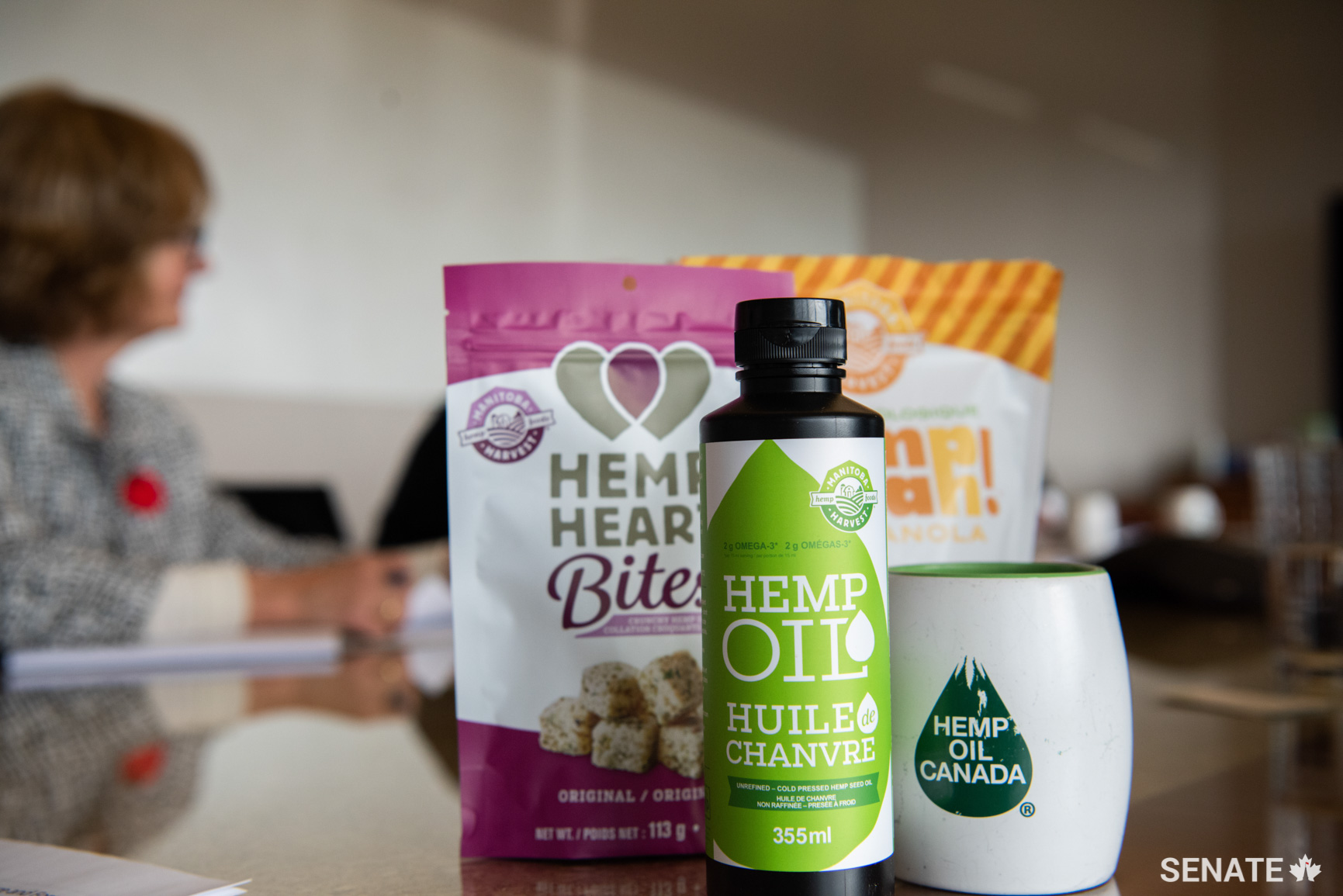
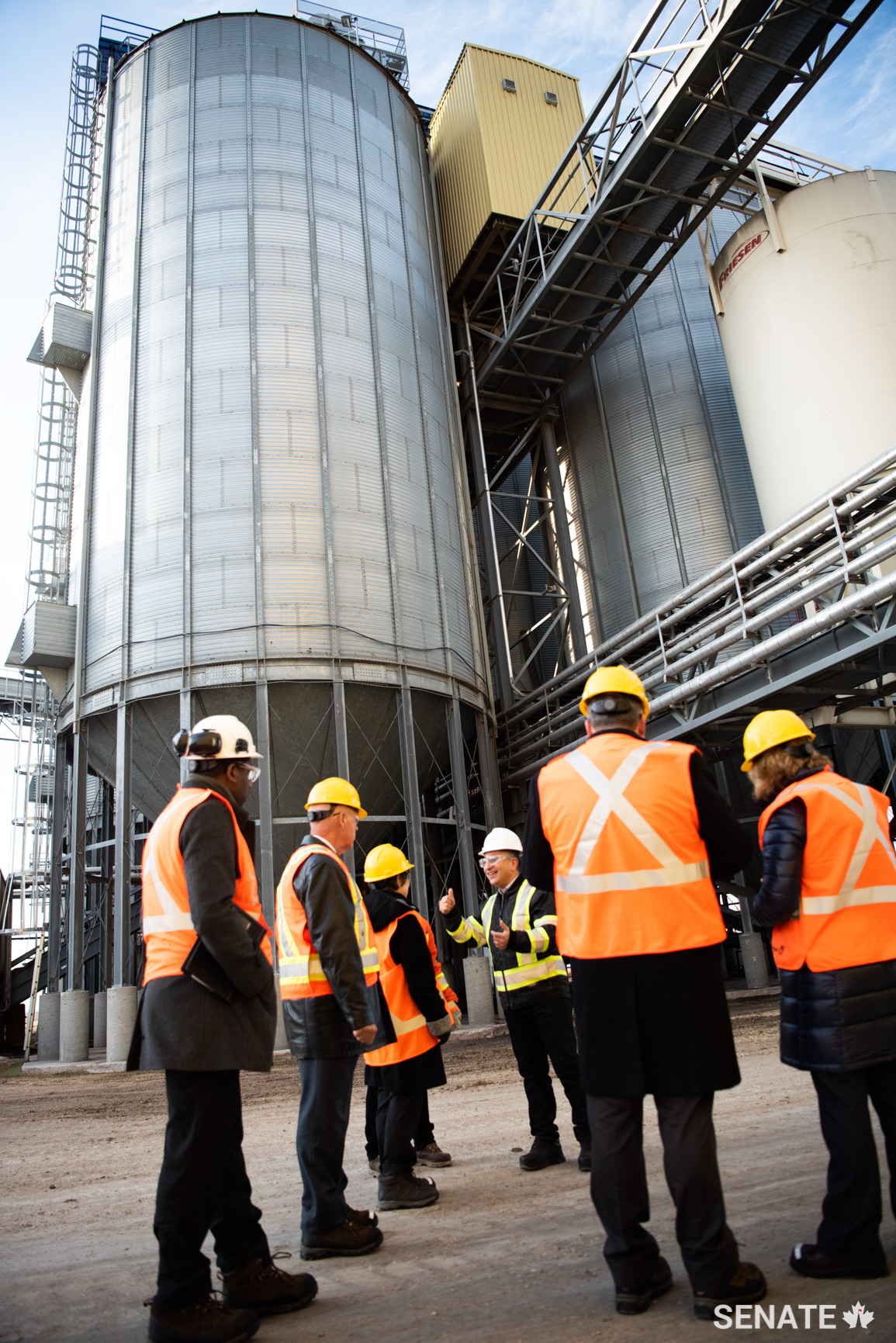
Related articles
Tags
Committee news
Adding value to Canadian food: a study by the Senate Committee on Agriculture and Forestry

When you think of agriculture in Canada, fields of wheat, canola and barley are often what first come to mind. Maybe you think of cranberry fields or apple orchards, tomato fields or rows of grape vines, corn mazes and roadside fruit stands.
But do you ever pause to think about what happens to all those crops once they’re grown? The products made from the food grown in Canada make up a significant portion of manufacturing sector Gross Domestic Product — a total of 16.4% in 2016.
By processing fruit and crops close to where they are grown, transportation costs are reduced, jobs are created, and environmental impacts can be mitigated. The value-added sector also helps to recover some of the products that don’t meet the high standards of retail — having the perfect colour, shape and size — which would otherwise be sent to the landfill.
Learn more about this critical industry by watching the video below.
This fall, the Senate Committee on Agriculture and Forestry spent a week visiting with farmers, producers, researchers and innovators in British Columbia and Manitoba to better understand the complexities of this vital sector. The fact-finding mission formed part of the committee’s study of Canada’s value-added food sector.
Here is a snapshot of what senators learned on their trip.














